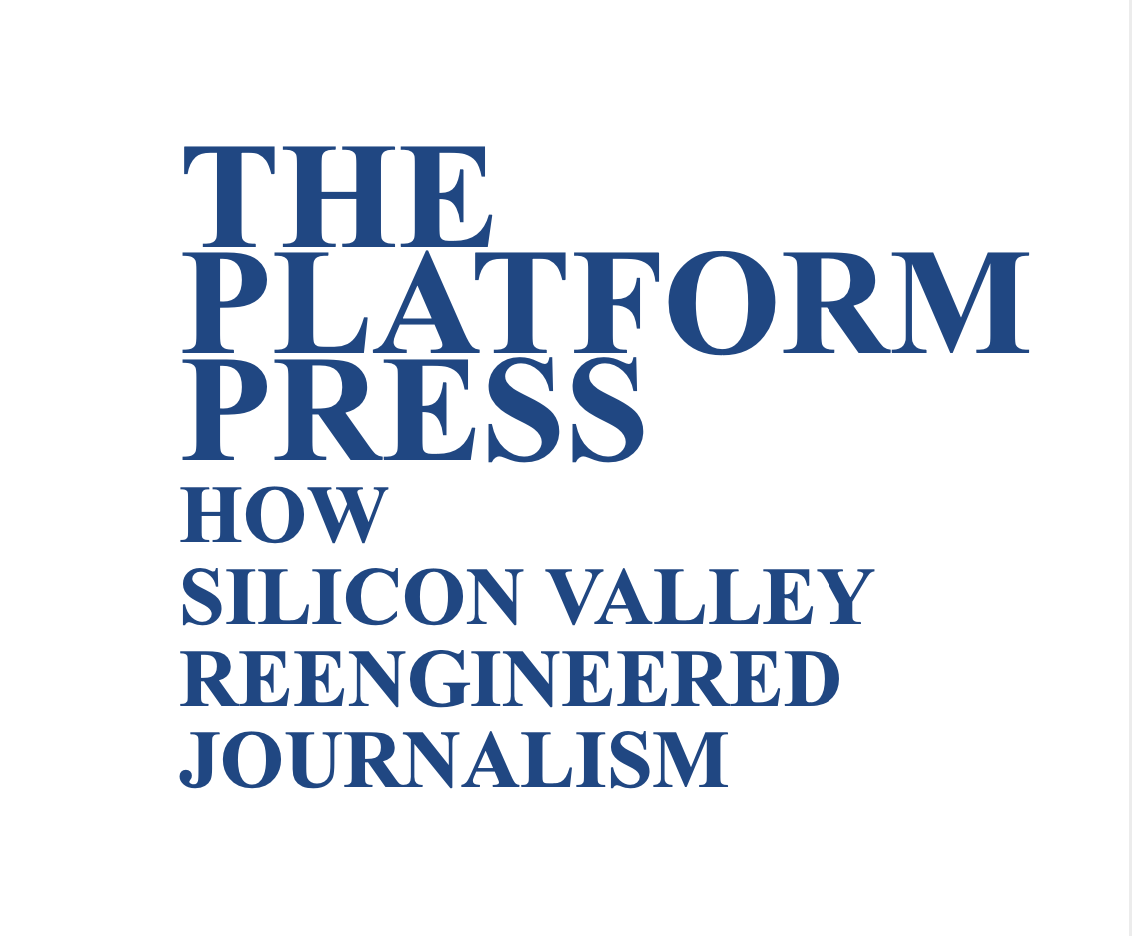The Platform Press: How Silicon Valley Reengineered Journalism
Emily J. Bell, Taylor Owen, Peter D. Brown, Codi Hauka, & Nushin Rashidian
May 26, 2017
The influence of social media platforms and technology companies is having a greater effect on American journalism than even the shift from print to digital. There is a rapid takeover of traditional publishers’ roles by companies including Facebook, Snapchat, Google, and Twitter that shows no sign of slowing, and which raises serious questions over how the costs of journalism will be supported. These companies have evolved beyond their role as distribution channels, and now control what audiences see and who gets paid for their attention, and even what format and type of journalism flourishes.
Publishers are continuing to push more of their journalism to third-party platforms despite no guarantee of consistent return on investment. Publishing is no longer the core activity of certain journalism organizations. This trend will continue as news companies give up more of the traditional functions of publishers.
This report, part of an ongoing study by the Tow Center for Digital Journalism at Columbia Journalism School, charts the convergence between journalism and platform companies. In the span of 20 years, journalism has experienced three significant changes in business and distribution models: the switch from analog to digital, the rise of the social web, and now the dominance of mobile. This last phase has seen large technology companies dominate the markets for attention and advertising and has forced news organizations to rethink their processes and structures.

